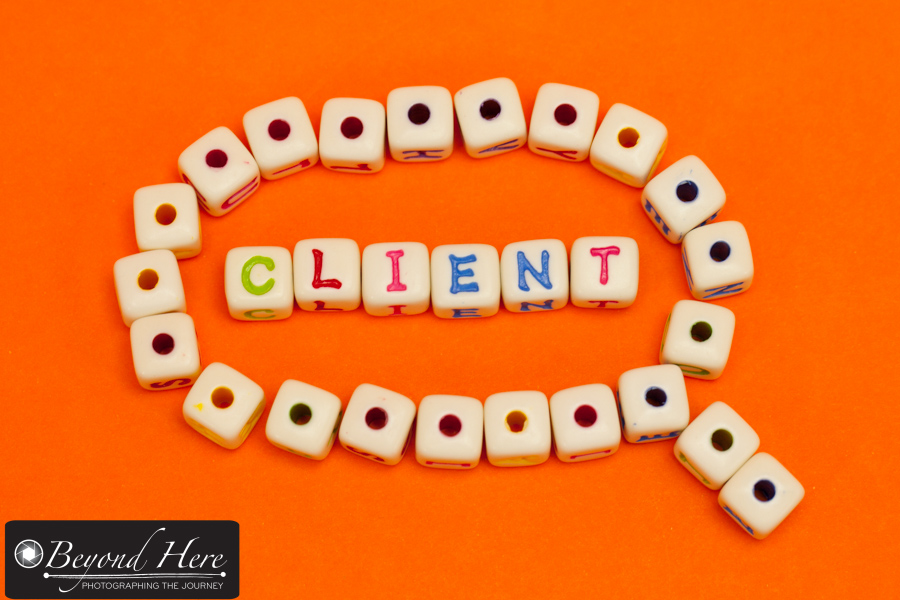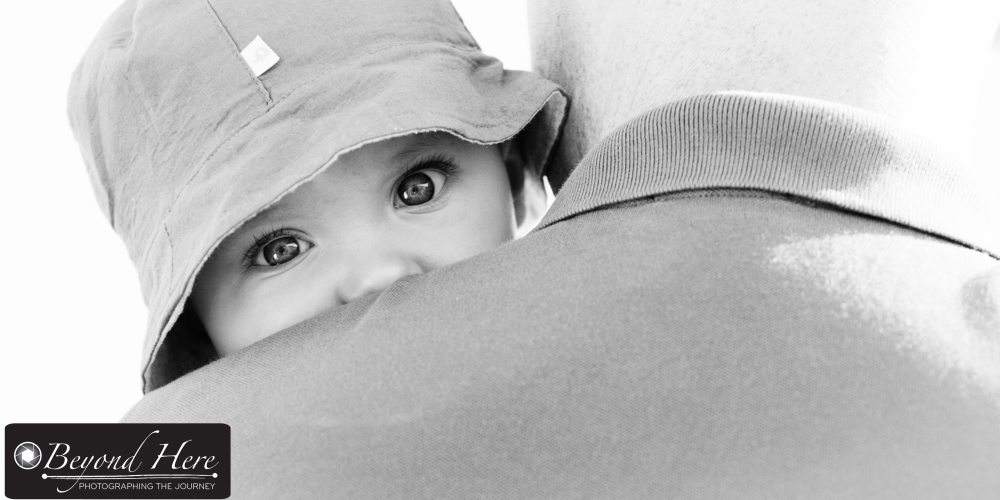I often hear photographers discussing (or complaining!) that they don’t have enough paying clients. My response is to ask what they are doing to generate more business. And generally the response is a blank stare which implies ‘isn’t my website and social media presence enough to have people knocking down the door?’ No, it’s not. People have lots of pressures on their time and money – and will only shoot with you if you give them a compelling reason to do it now. There are many ways to drive additional business. One way is to use events to drive business. Read on!

Special events drive sales of stock images
What do you mean events?
By events, I mean special occasions. Demand for a range of products and services picks up very predictably when these events occur. Let’s take an example. What do you think happens for sales of chocolates and roses every February? They boom just before Valentine’s Day! And they boom just before Valentine’s Day every year! It’s predictable.
How can you take advantage of that? Have you considered offering a couples shoot before Valentine’s Day? Or sell a gift voucher for the couple to shoot with you after Valentine’s Day? Do you get the idea? You use the event to create a reason for the shoot to happen now.
Want More Examples?
Regular readers of Beyond Here will know I shoot a lot of stock photography. Do events help sales of stock images? Yes! A resounding yes! Here in Australia there is a peak in sales of Australian themed images just before Australia Day at the end of January.
How do I capitalize on this? I shoot Australia Day themed images in October and November, and have them available in my stock portfolio by early December. That’s almost 2 months before Australia Day and ready for the increase in demand.
And there are lots more events during the year which drive similar spikes in demand. Think about Valentine’s Day, Mothers Day, Fathers Day, and your national holidays. Could you use events to drive business? I’m sure you could. It just requires a little planning and a compelling reason for clients to have the shoot now.
How can family photographers take advantage of this?
Lots of photographers specialize in families and portraits. Here’s how I recommend you make the most of events.

Got a national holiday coming up. Can you use events to drive business?
Events Specific to Your Clients
Once you have a client base you can generate your own ‘events’ by focusing on key moments for your clients. What are some examples? Your clients anniversaries and birthdays are obvious places to start! If you have a gap in your shooting schedule, contact a client who has a birthday next month and offer them a special for a shoot plus prints in time for their birthday.
Even better is when you have remembered your clients children’s birthdays. Offering a tailored shoot on the kids birthdays will show your clients you care (and really listened!) and can offer something unique to them.
Events Which Apply to ‘the Market’
If you don’t have an existing client base to tap into, use events which have broad appeal.
How about special family packages:
- for families right before school starts
- during the school holidays
- for kids birthdays
- before Christmas
These are all straightforward ways to use events to drive business. If you are waiting for clients to contact you because you have a great website and post regularly to social media – you may be waiting a long time. Grab the initiative and use events to drive business.
























